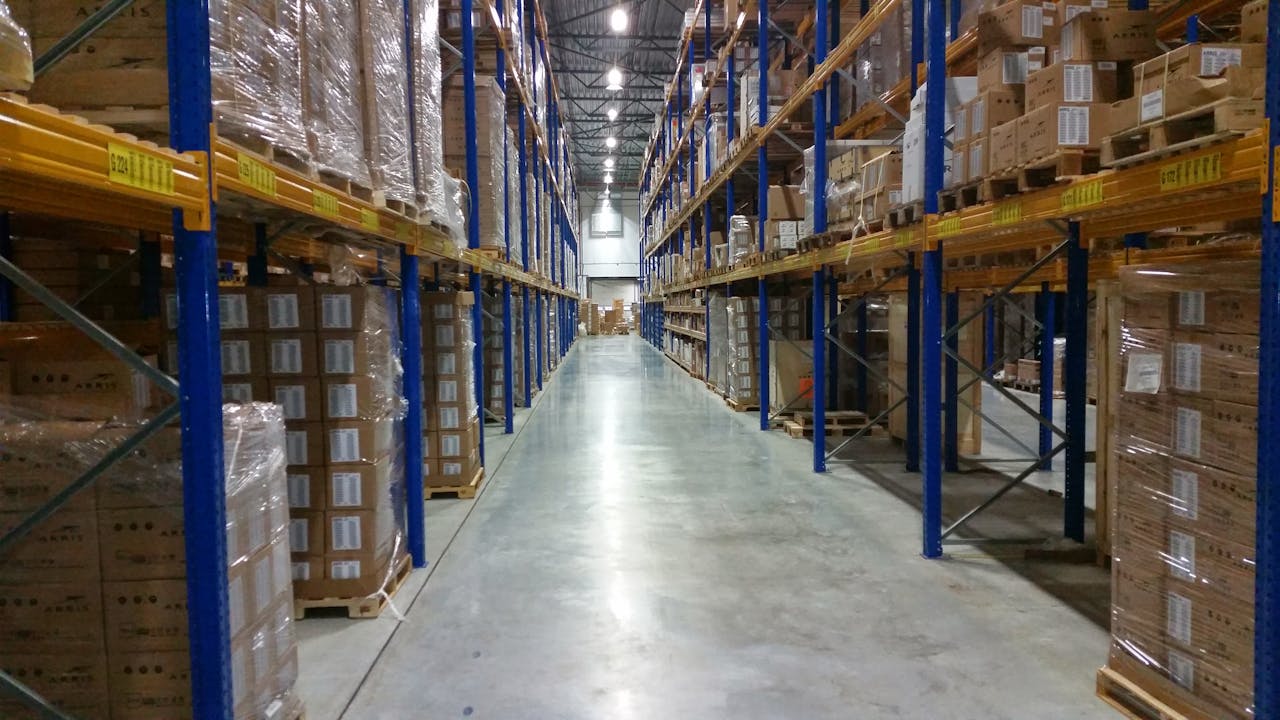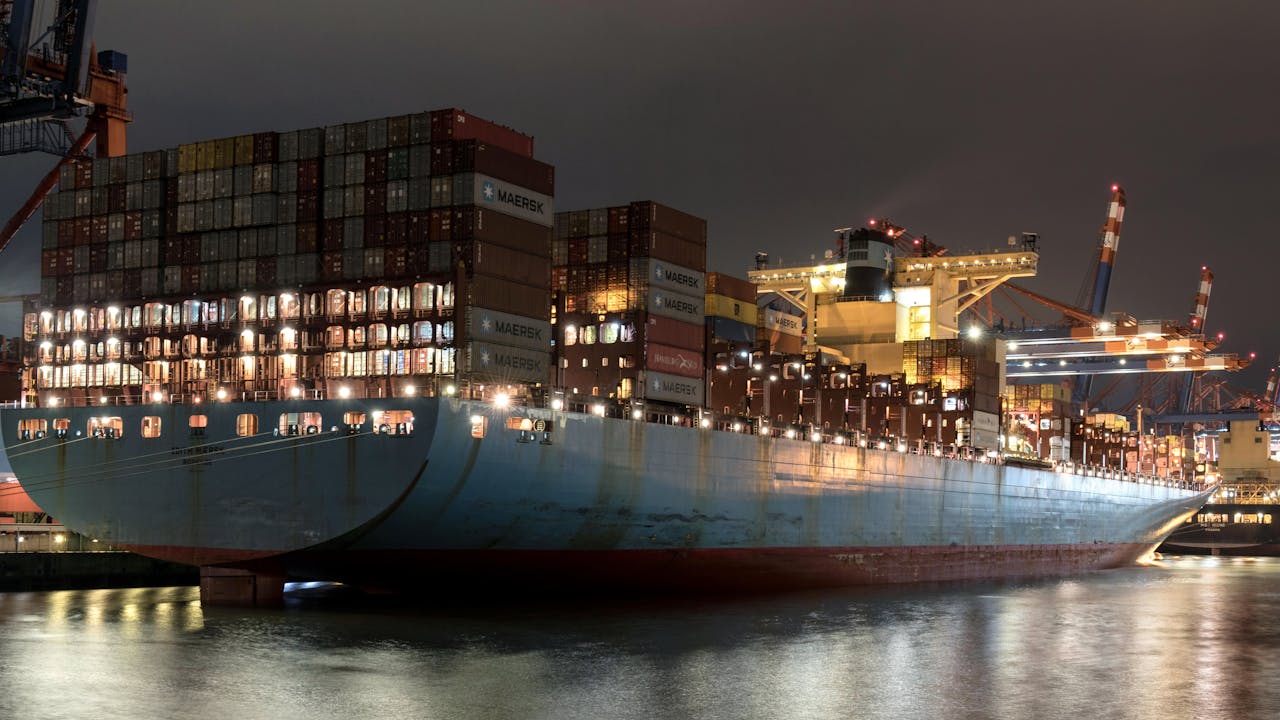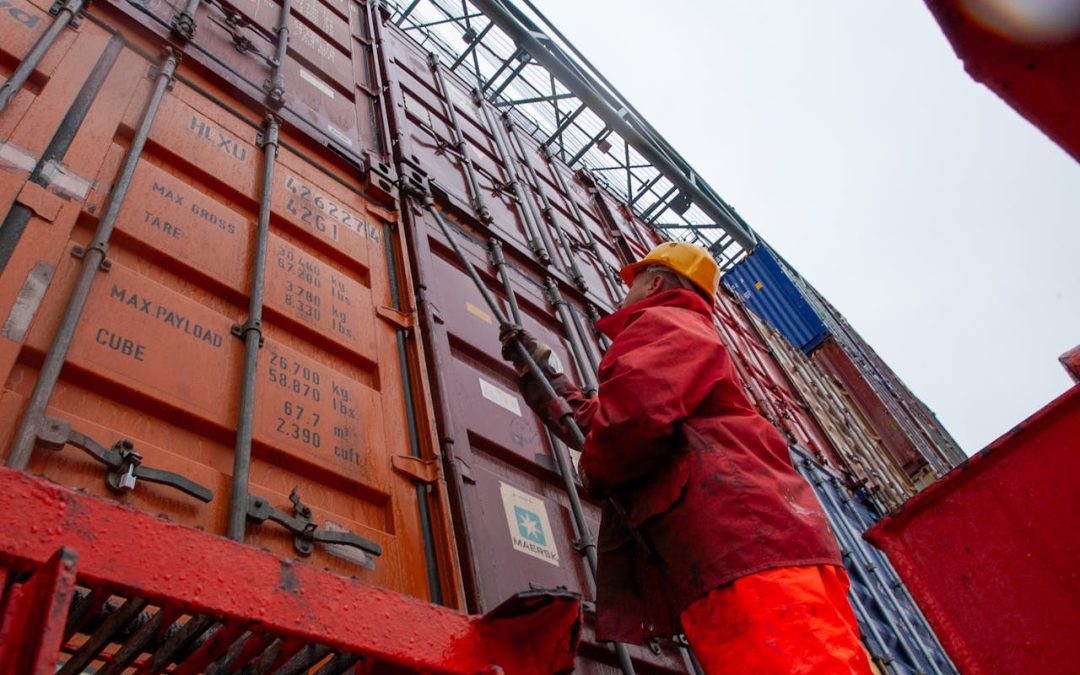Efficiently and safely getting your cargo to its destination is the aim of everyone involved in your international shipping, including you – we’re all working on the same side.
Preparing your cargo will ensure that it is smoothly and successfully delivered, minimising delays and avoiding penalties.
Let’s work together to make sure it’s done right – learn the steps with Millennium Cargo.
Step 1 – Packaging
It starts with how you pack your goods. Doing this right means your cargo is protected when it moves from one country to another.
- Choose the Right Packaging Materials – It’s vital that you consider the nature of your cargo and use the appropriate packaging materials, balancing cost and weight with protection and durability. Hazardous materials must be packaged according to the appropriate regulations, while fragile or perishable goods will have their own needs. The right packaging will protect against shock, vibrations, moisture, and the ongoing movement that’s part of the process.
- Pack Securely – Use the proper inside cushioning and brace appropriately to prevent unwanted movement. A securely packaged item will not shift or move during transit, minimising the chance of damage.
- Optimise the Space – Avoid empty space and pack efficiently. Not only does this better protect your goods, but it also minimises shipping costs and reduces waste. No one is expecting you to be a Tetris professional, but thinking about your packing techniques greatly improves your shipments.
Read more about how to pack your goods for a safer journey here.

Step 2 – Labelling
Labelling is a huge part of smooth shipping. Without a clear and accurate label, goods can be caught up in customs red tape, delayed or lost in transit, or handled incorrectly. It is an essential part of cargo preparation.
- Essential Basic Information – Make sure the full addresses and contact information are available for both the shipper and consignee.
- Handling Instructions – Any special handling requirements should be clearly marked on the package; contrary to some opinions, they really do work! “Fragile”, “This Side Up” and “Keep Refrigerated” are common examples of efficient and useful handling instructions.
- Country-Specific Requirements – Some countries will have their own regulations regarding labelling and documentation; do your research and make sure that if they need something stamped on the side of your crate, that’s it’s there.
- Dimensions and Weight – Clearly mark the size and weight of the package so that it’s easy to see. If you don’t know how to calculate all that, we do! Read this article to learn more about cargo weights.
Step 3 – Documentation
When it comes to making sure you get through customs without a hitch, your documentation is everything. If you want to avoid delays and fees, then check and double-check your documentation. You can read more about that here.
- Commercial Invoice and Packing List – The invoice and packing list form the important documents regarding the nature of the goods being shipped. Note that there’s a subtle difference between the two, as the invoice is concerned more with the value of the goods, while the packing list is about the exact contents of the cargo. Both should be as clear and unambiguous as possible – essential for customs to verify the cargo. Want to know what’s good to put here? Read this article!
- Bill of Lading – This is the contract of carriage between the shipper and the carrier, which outlines the terms of transportation.
- Certificate of Origin – Many countries require shipments to have a certificate of origin. This determines the nationality of the goods, which is essential for determining the correct tariffs based on the trade agreements and regulations involved between countries. It is essential if you want the customs process to be smooth. Read more about this here.

Step 4 – Making Sure You’re Compliant with Customs
One of the greatest potential areas for delays and problems is customs. Understanding the customs regulations and making sure you comply with them is vital to avoid delays and penalties (and, in the worst cases, goods being seized!).
It’s important to:
- Research the Regulations of the Destination Country – Make sure you’re completely familiar with the current and up-to-date import restrictions, prohibited item lists, and documentation requirements of the importing country. Remember, regulations can change with little notice, so it’s good to check right up to the time of shipping.
- Apply HS Codes – The Harmonised System (HS) is a global identification and categorising standard that’s used for trade. Correctly classify your goods using the HS codes to avoid fines.
- Value Your Goods Accurately – There’s never anything gained by fudging your goods value, so don’t even consider it. Accept the duties and taxes involved and make sure your invoice and packing lists detail completely accurate values.
Step 5 – Insurance
You need insurance. While the industry does everything it can to protect your goods and get them to their destination without problem, unforeseen circumstances may occur and you don’t want to be seriously out of pocket if that does happen. Insurance is a must.
To learn more about the benefits of cargo insurance, read our article on the subject.
Setting Sail for Success with Millennium Cargo
Preparation is everything – and Millennium Cargo can help. Our team have all the expertise you need to make sure your shipment is going to sail through the whole process without a problem (and we’re here to sort things quickly if anything does happen). Speak to us today to learn how using Millennium as your freight forwarder ensures a stress-free shipping experience.

